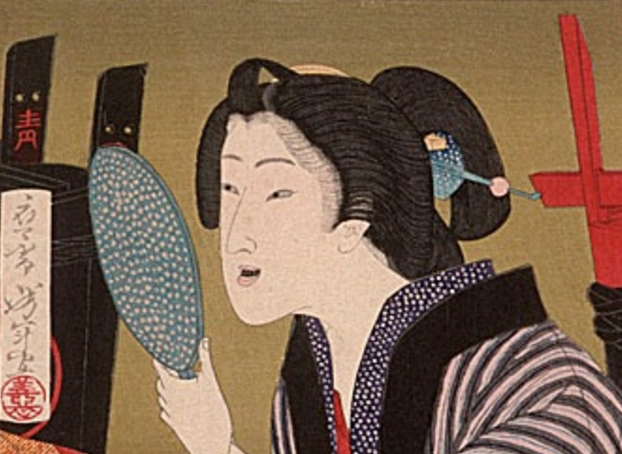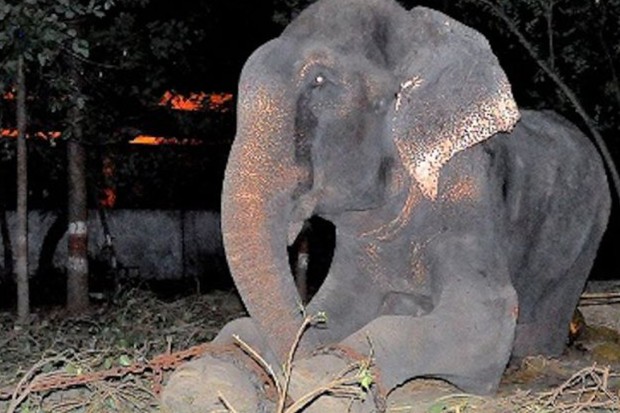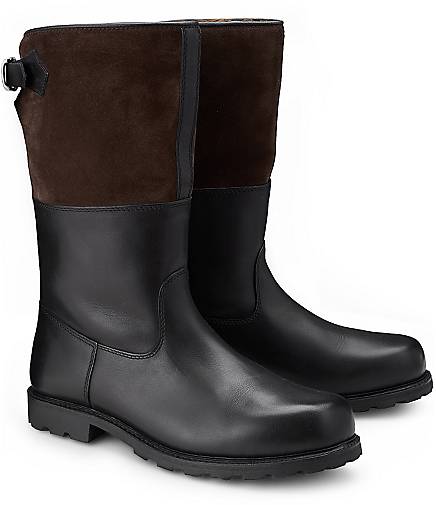As you probably already know, the attitudes and overall norms of peoples from all around the world develop under different socio-cultural influences. This means that we perceive many aspects of life differently, depending on where we grew up. Taste, language, behavior, even disgust depends on what your environment actually perceives as disgusting.
The understanding of colors and what they symbolize is one of these aspects varying widely depending on the cultural conditions you are living in. One example depicting this phenomenon is the perception of black and white in one of the most thrilling countries in this world, Japan, which I am going to compare with the western understanding of the purest and the darkest color known to humankind.
White is a spiritual color in Japan. White is the color of the gods and stands for purity and innocence in Japan just like in many other countries. Brides used to wear white head gear on their head if they got married at a Shinto shrine.
Furthermore, white is a color used for children’s clothing as it, as I already mentioned, is perceived as a pure and innocent color. This is why Shinto priests wear long, white Kimonos also because the color is connected to wisdom. Unlike western societies, the deceased are dressed in white Kimonos because it is associated with mourning while in western countries we wear black for a funeral or when we enter upon our last journey.
Black is the color of Buddhist monks and worn during rituals because black symbolizes restraint and strictness. However, if you take a closer look at Japanese fabrics, you will see that they often are not necessarily and completely black. Rather, the fabrics are dyed in extremely dark blue, green or grey. Apart from the cultural and religious meaning, black is considered a very fashionable color in Japan where fashion is a crucial medium to express oneself. All-black is a look that is extremely popular in fashion hotspots like Tokyo because dark styles like punk, gothic and grunge define the fashion landscape there.
Another fact worth knowing is the former beauty ideal in Japan and many parts of Asia that is characterized by skin as white as snow and black teeth. Yes, you heard right. Black teeth. Special substances were used to color the teeth black. The contrast between white and black was considered beautiful. But since the western world didn’t and still doesn’t feel the same about this beauty ideal, photographers chose to photograph geishas with closed mouths.





